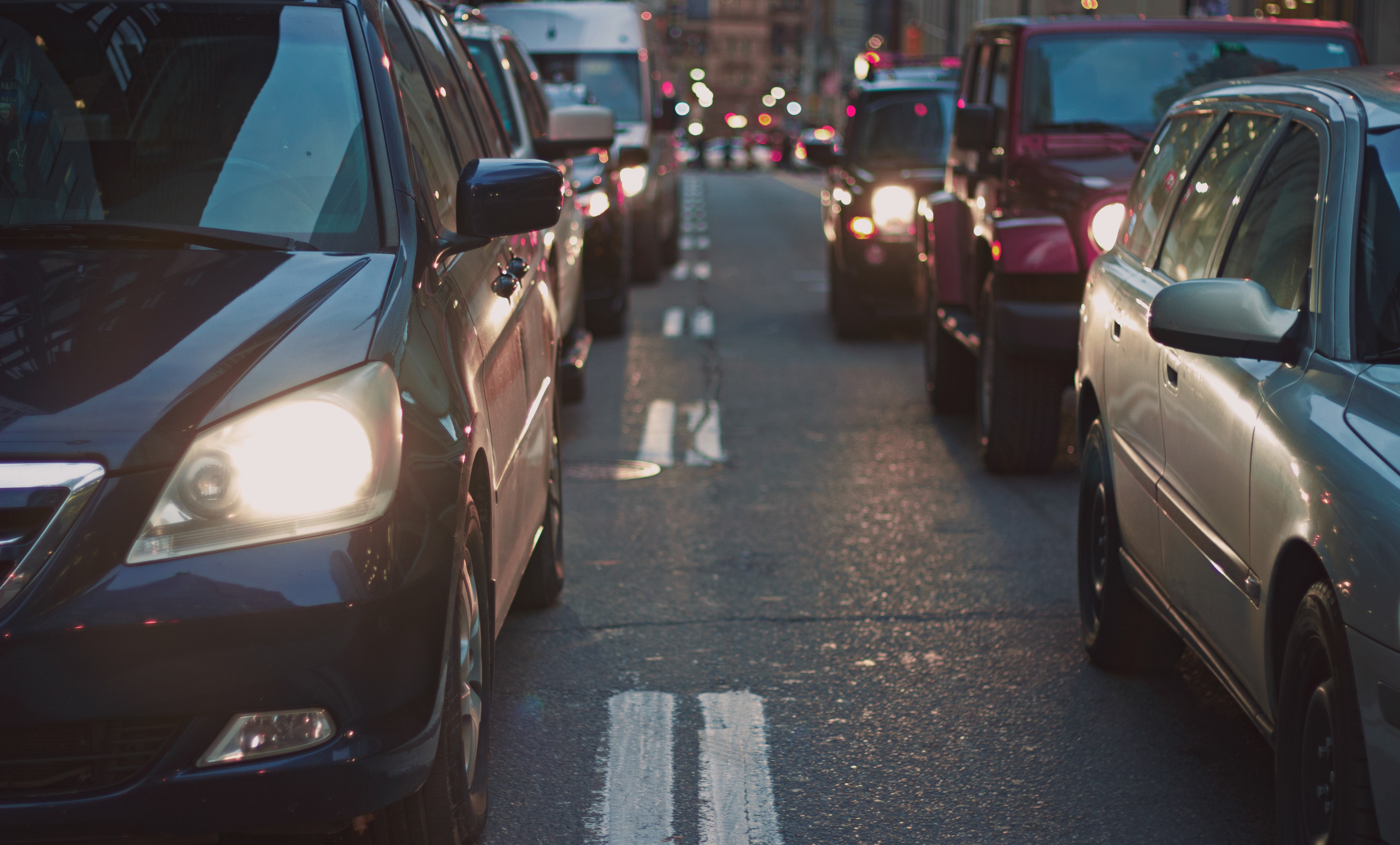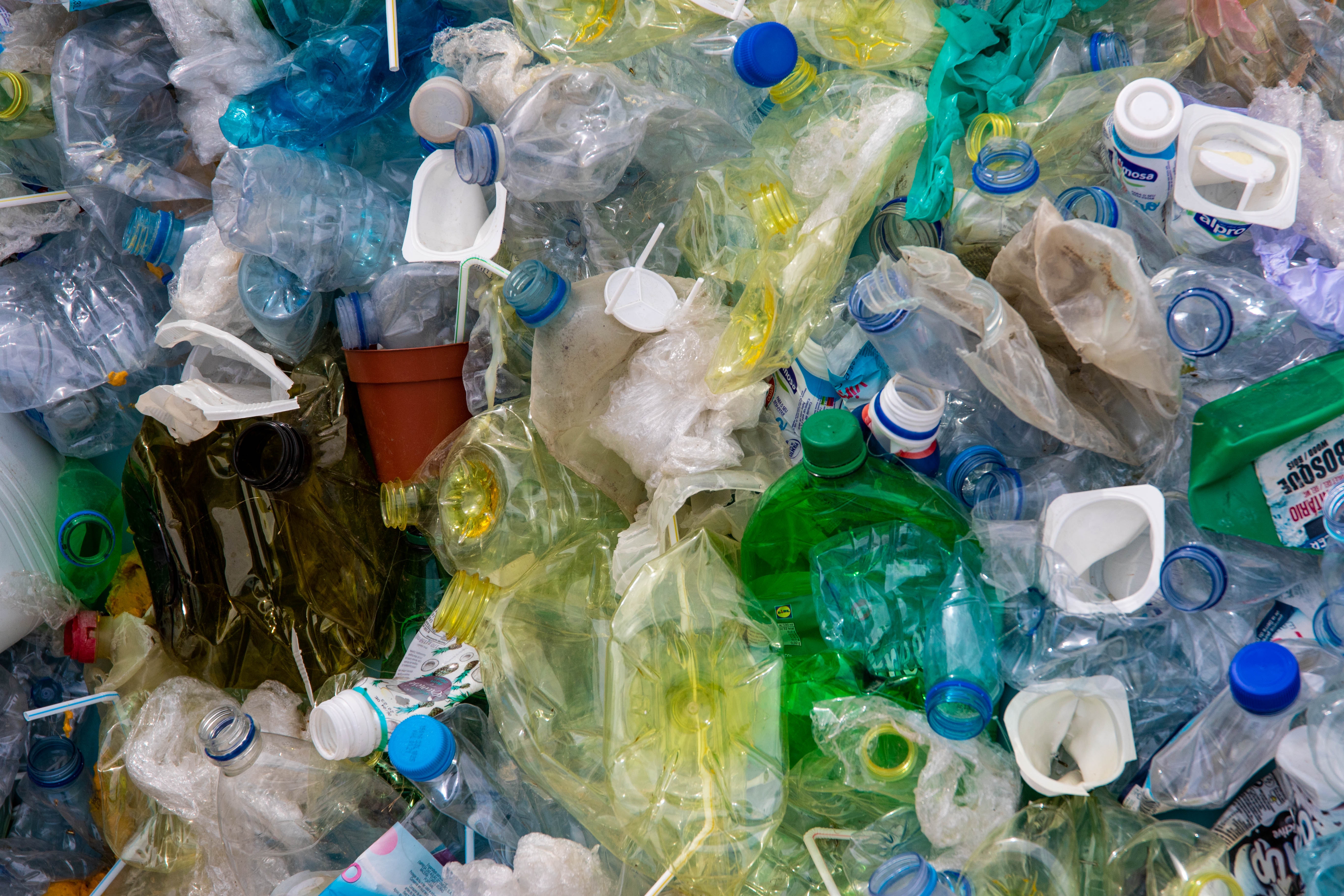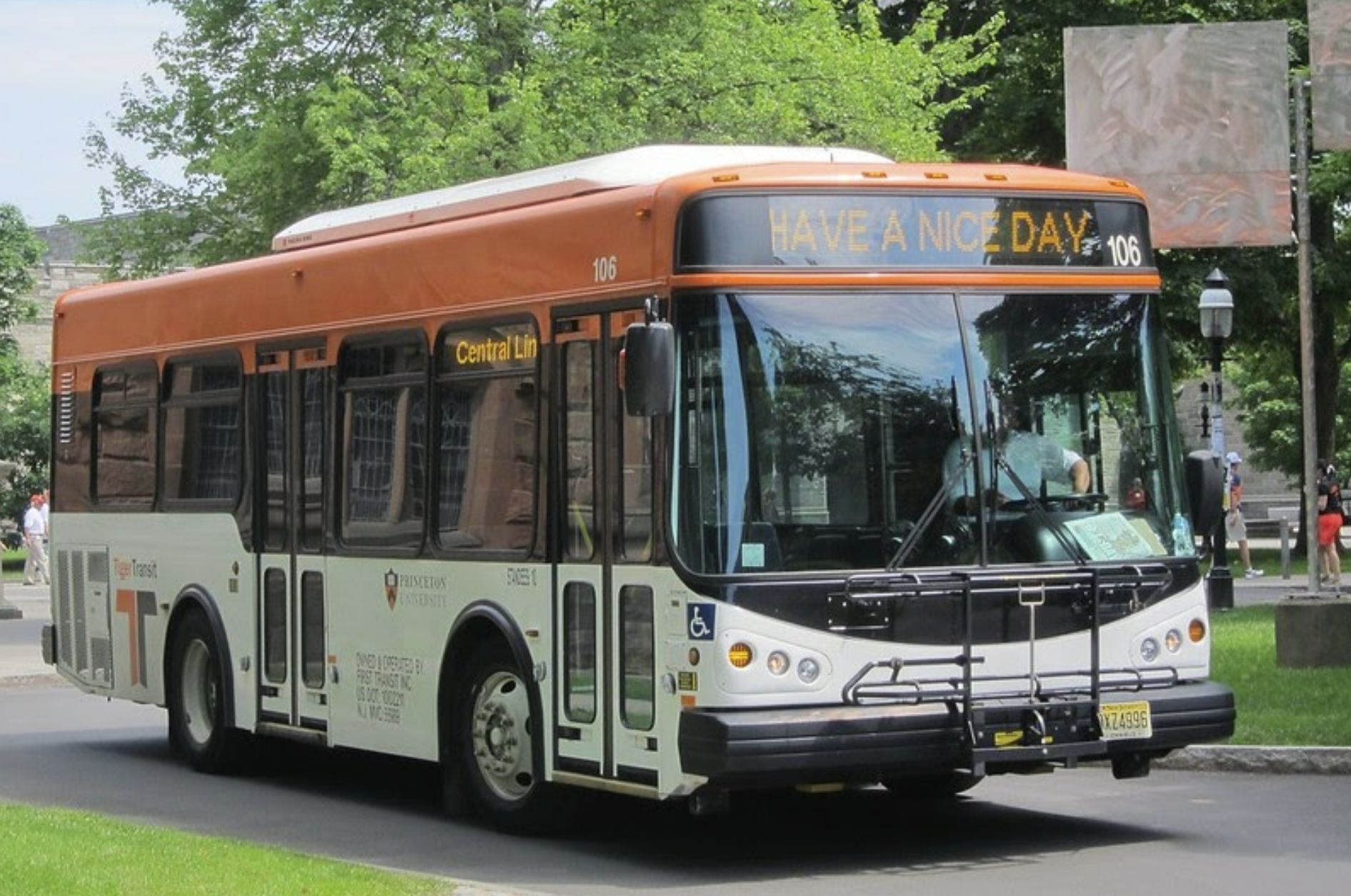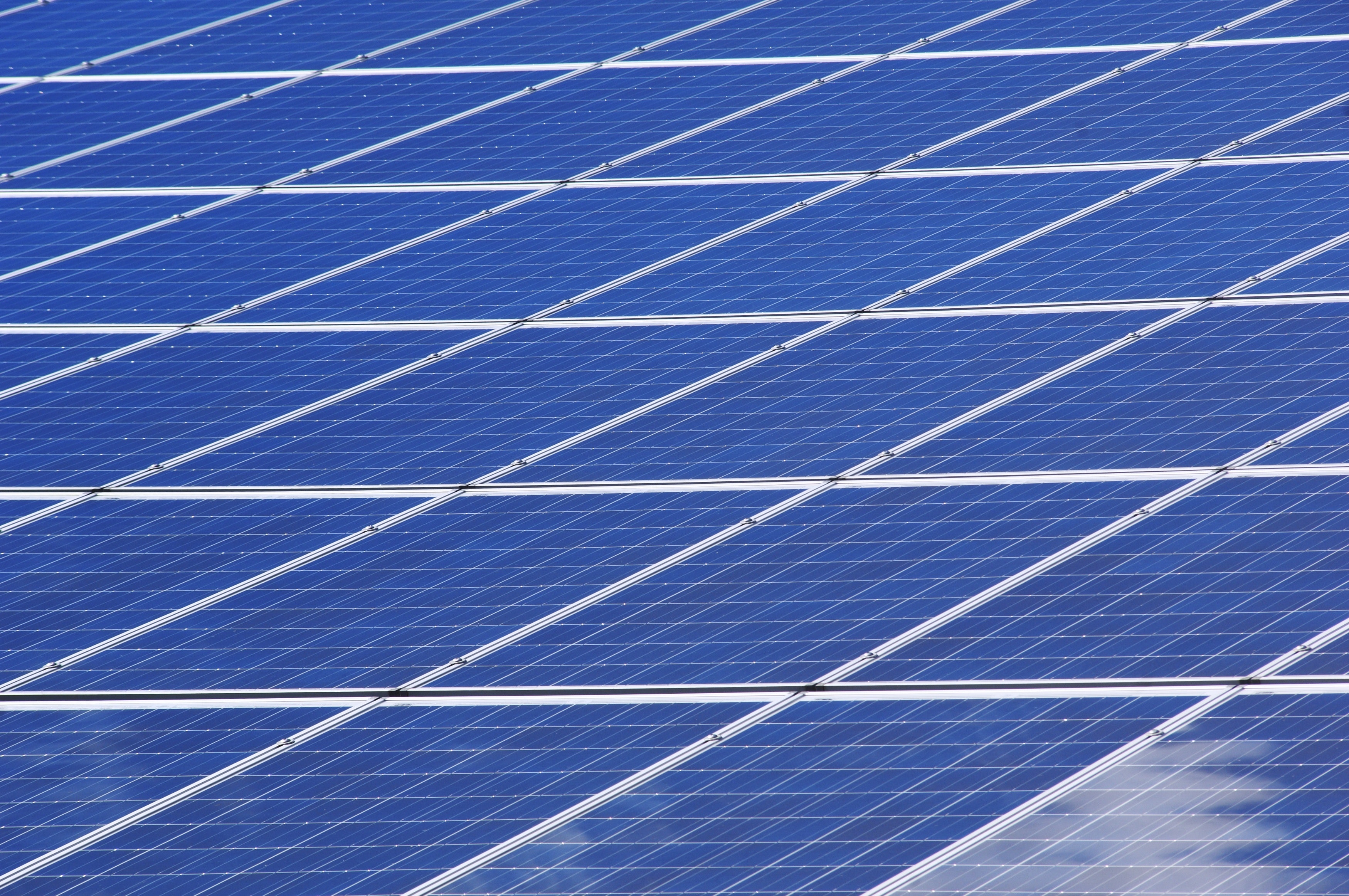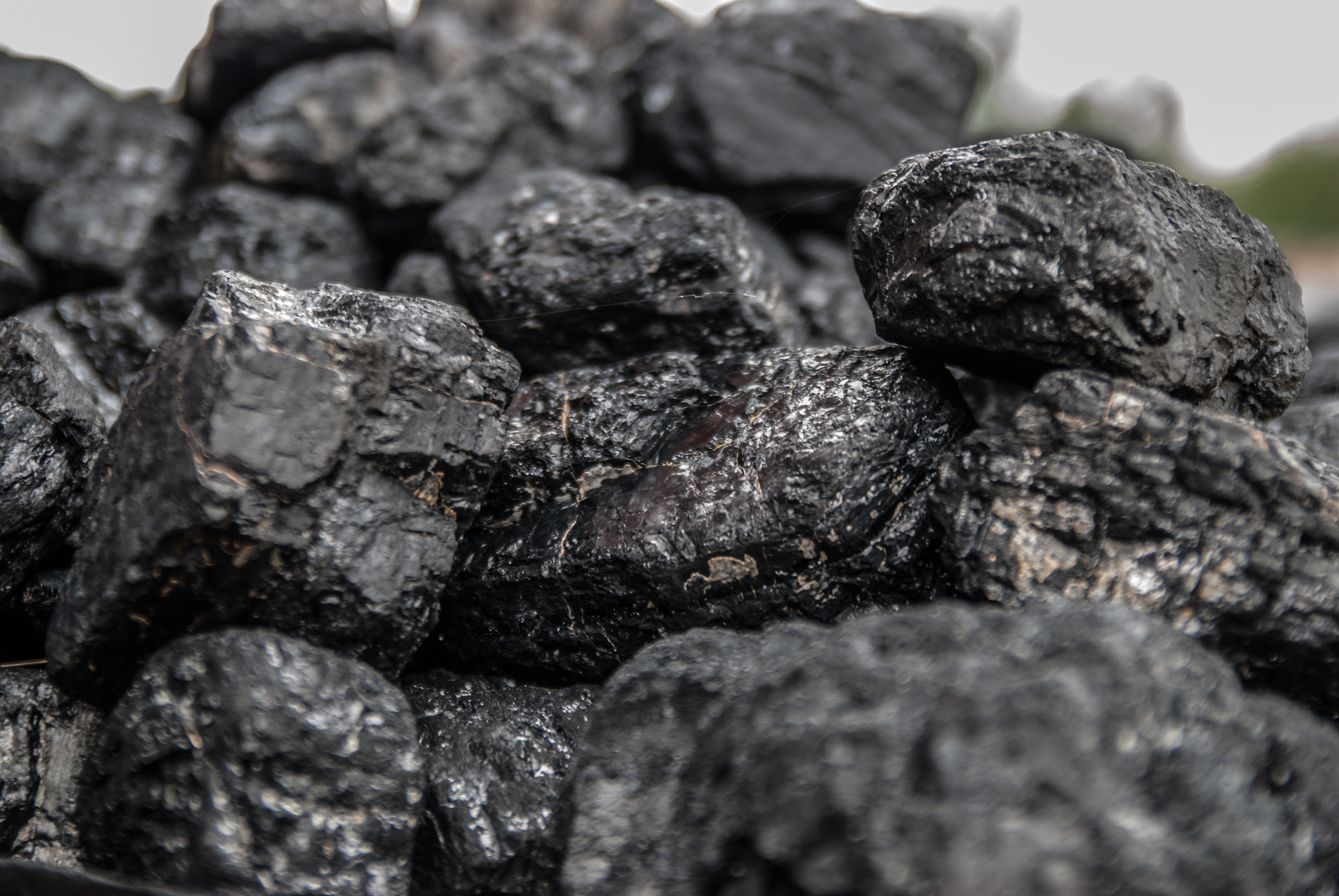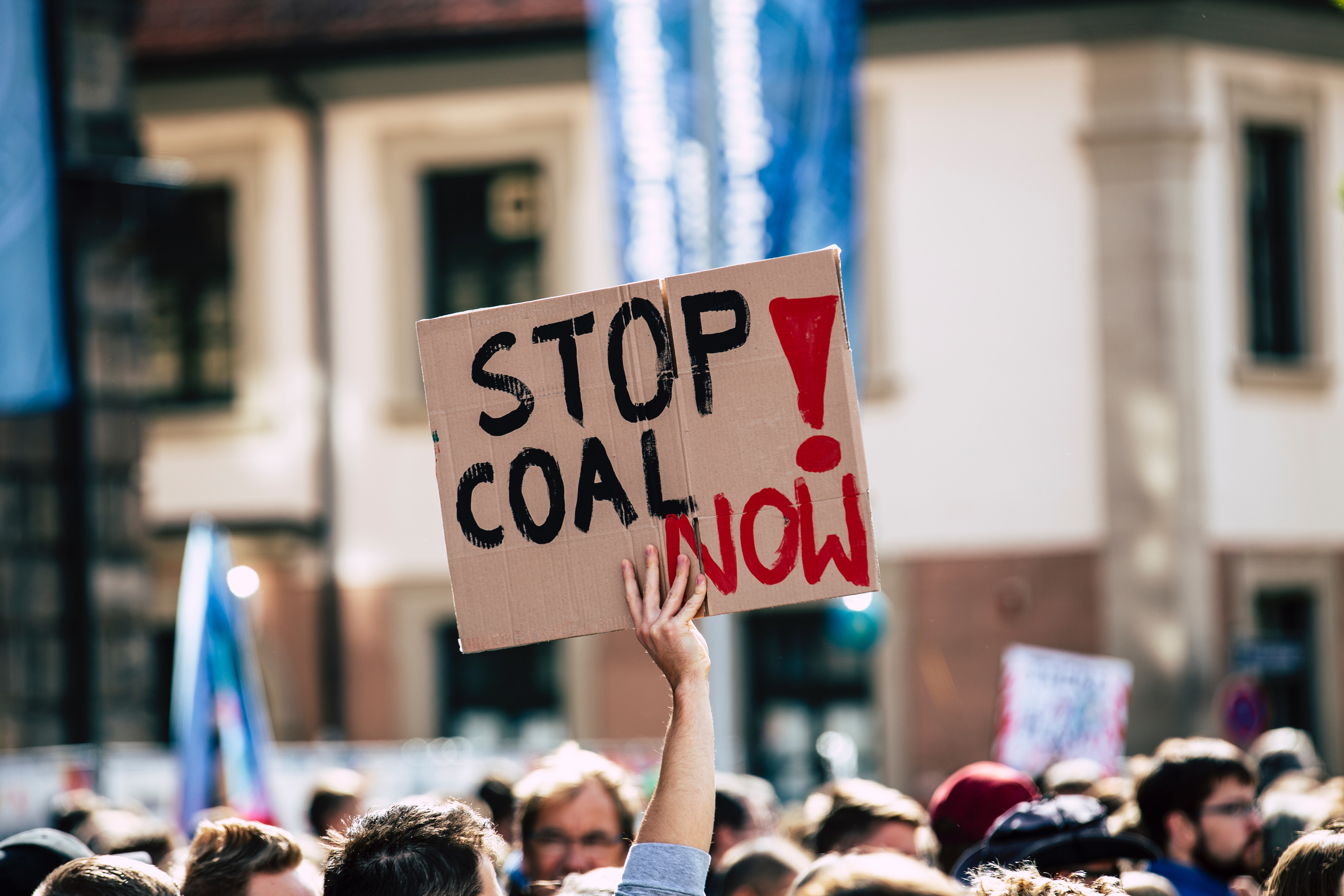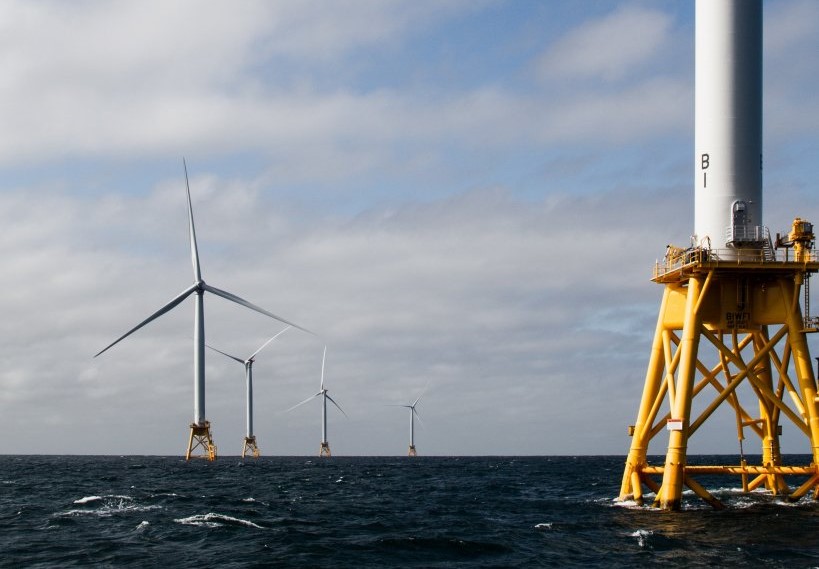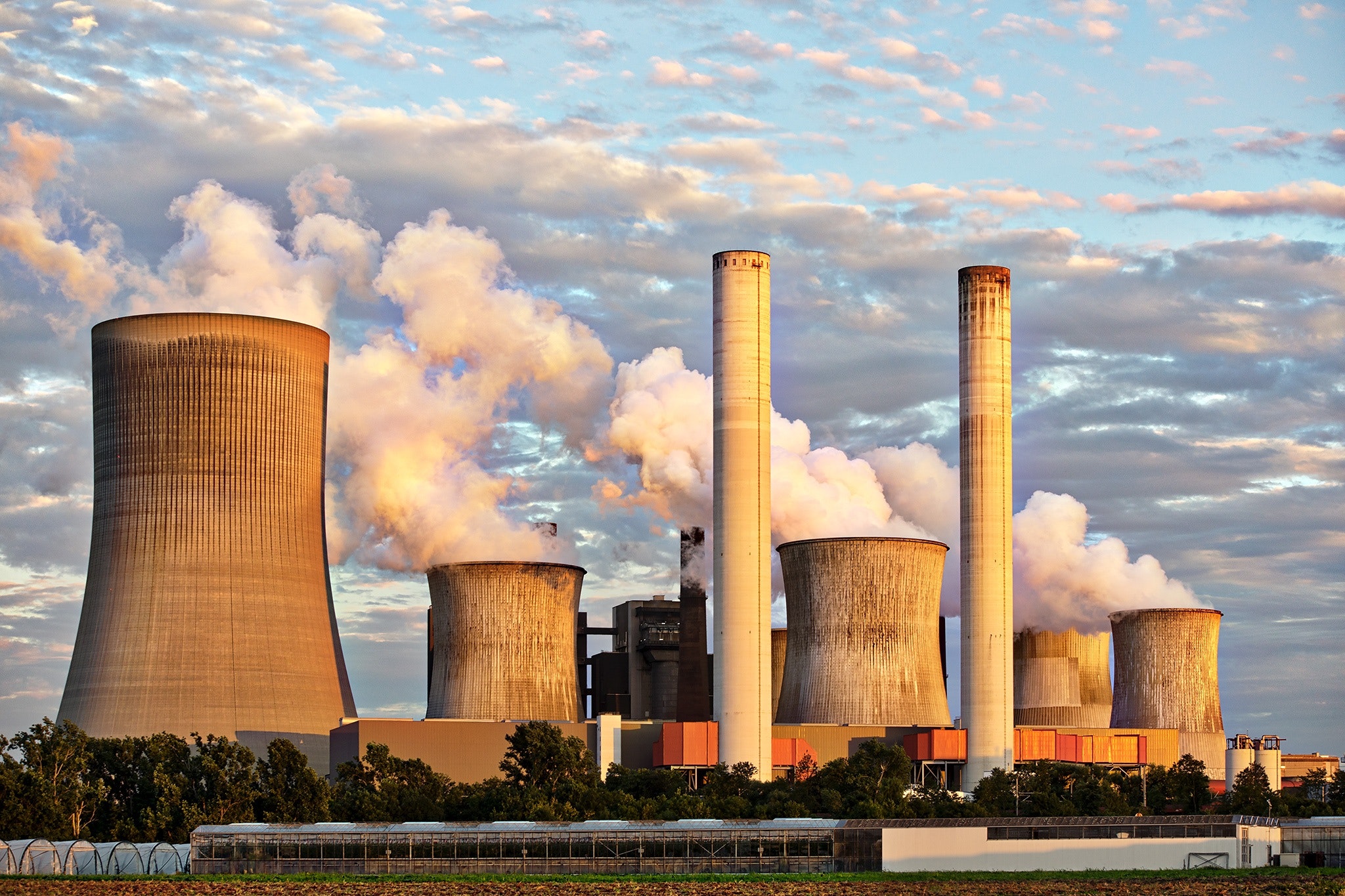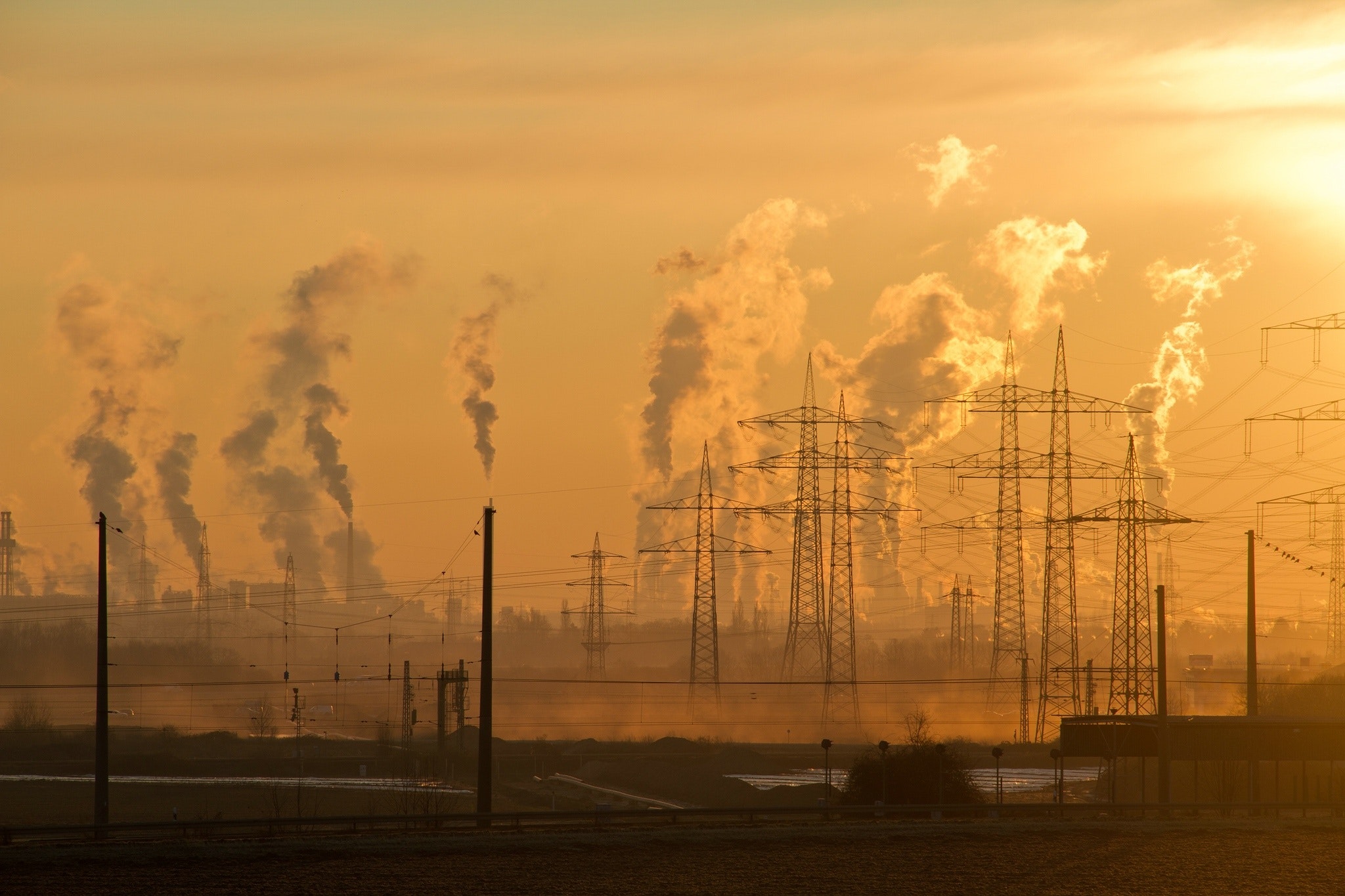Author: Camellia Moors ’22
Welcome to another edition of Good News Friday! Today, we’re covering the growth of wind power in the United States, a breakthrough in solar cell efficiency, and sustainability programs from cities around the world.
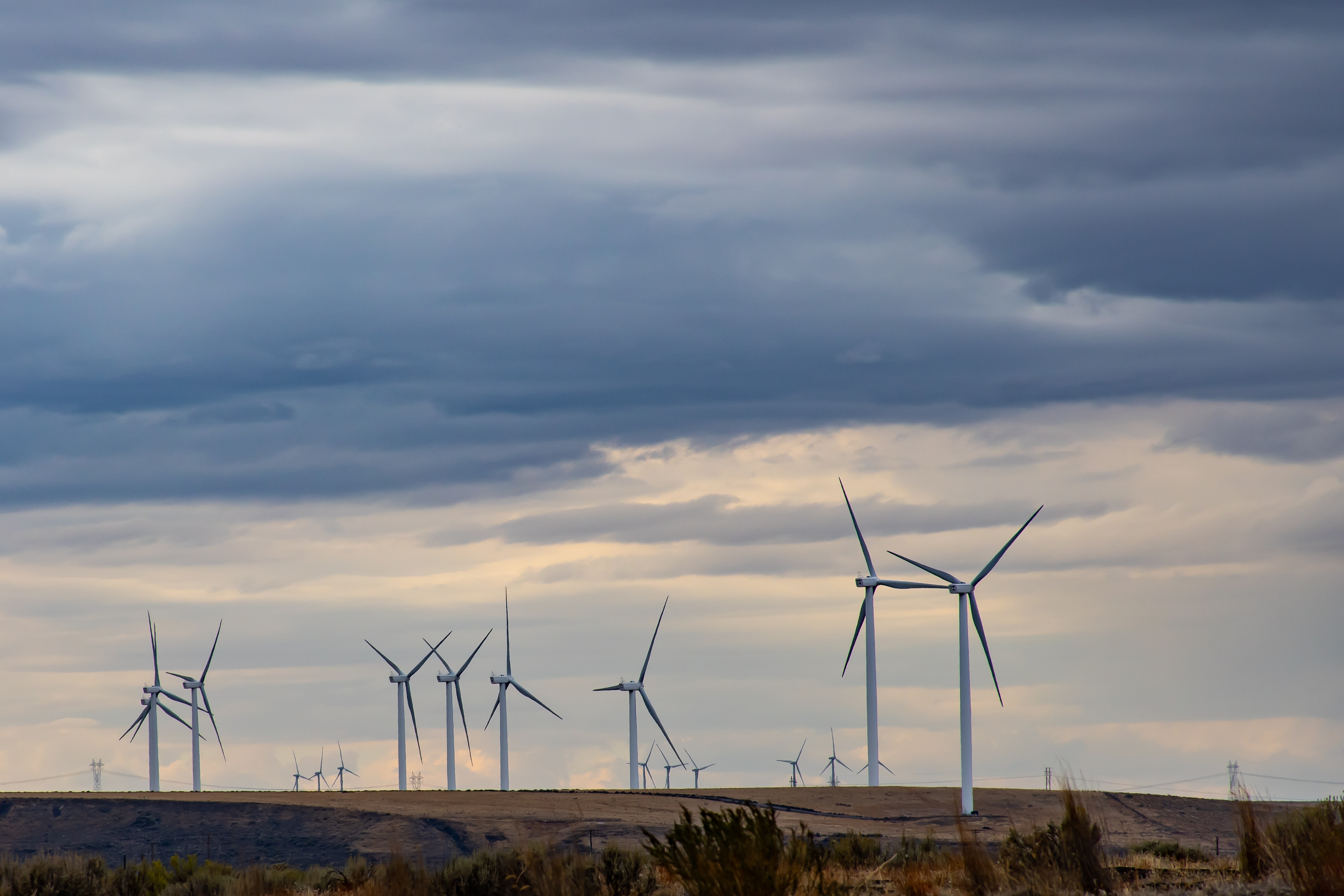
- Wind power becomes second-largest source of US electricity: According to the Energy Information Administration (EIA), electricity generation through wind power exceeded generation from coal- and nuclear-based sources to become the second-largest source of electricity nationally for the first time in American history on March 29. On that day, the combined wind turbines of the Lower 48 produced just over 2,000-gigawatt hours of electricity or 19% of the national energy mix. This follows a strong trend of growth in wind energy throughout the country. In the year 2000, for example, total annual US wind energy generation was approximately 6 billion kilowatt-hours (kWh); by 2021, that number increased to 380 billion kWh.
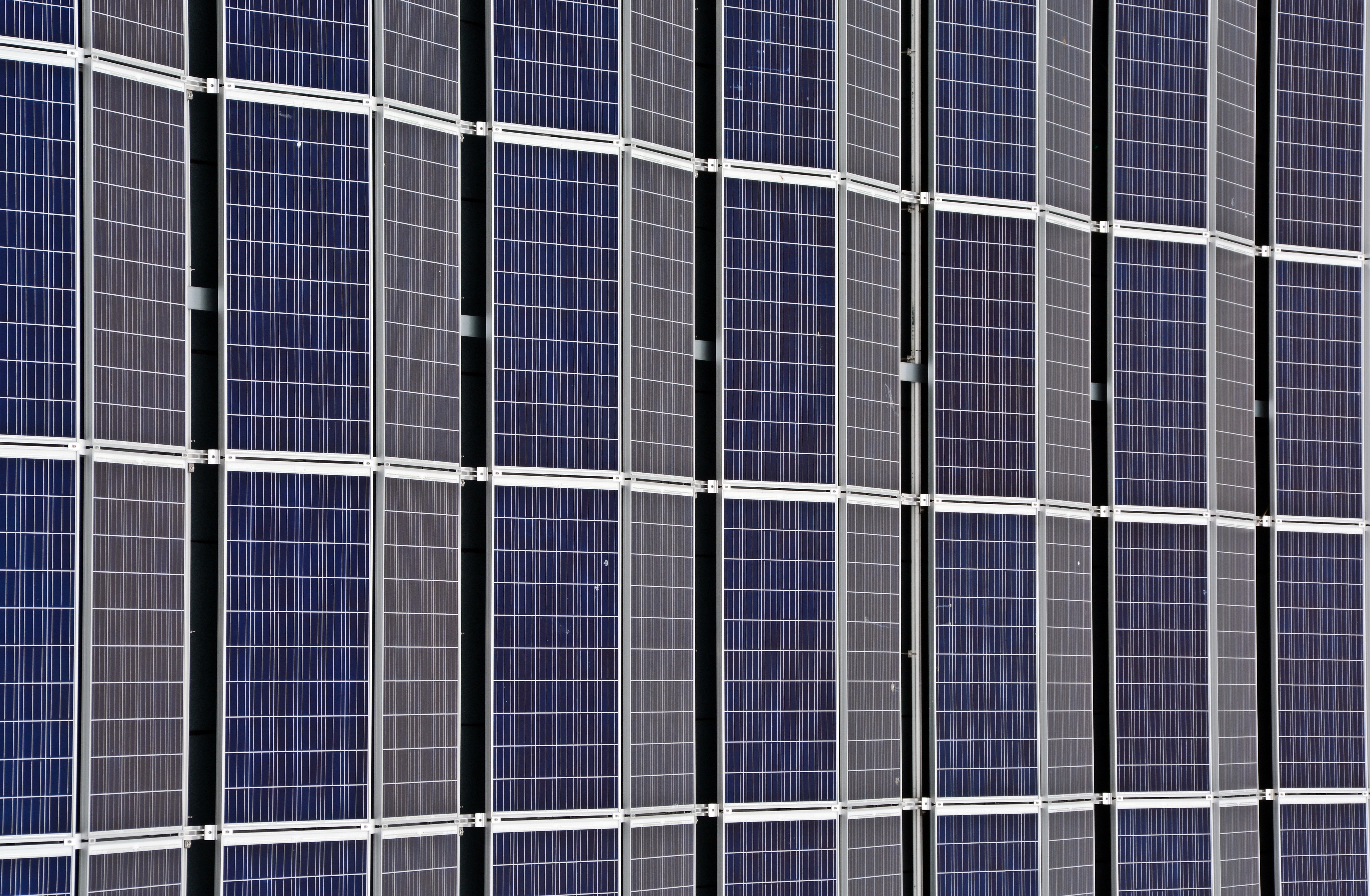
2. Engineers create more efficient energy-producing cells: Engineers at MIT and the National Renewable Energy Laboratory recently designed a thermophotovoltaic (i.e., capable of directly converting heat to electricity) cell with an efficiency of over 40%, which exceeds the efficiency of traditional steam turbines. The new design can generate electricity from a heat source ranging between 1,900 and 2,400 degrees C. For context, most commercial photovoltaic panels (i.e., capable of converting sunlight to electricity) have an average efficiency of 15% to 20%.

3. A review of global cities’ sustainability programs: Around the world, cities have made their own commitments to sustainability goals. Copenhagen, Denmark is on track to achieve net-zero by 2025, 25 years before the country’s national net-zero target. Mumbai, India recently accelerated its own net-zero plans, moving its carbon neutrality target up by 20 years from 2070 to 2050. And Paris, France is engaging in experiments about a “15 minute city,” or the idea that everyone living within a city should have access to essential urban services within a 15-minute walk or bike, limiting transportation emissions. For extra details on these cities’ sustainability efforts, visit the original article here.
That’s all for this week! Check back next week for more positive environmental news. In the meantime, if you’d like to share some Good News with us, please feel free to get in touch!




